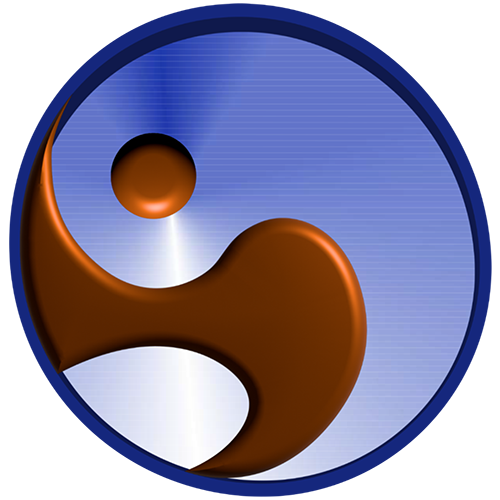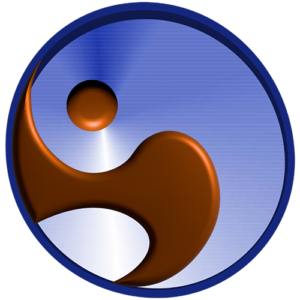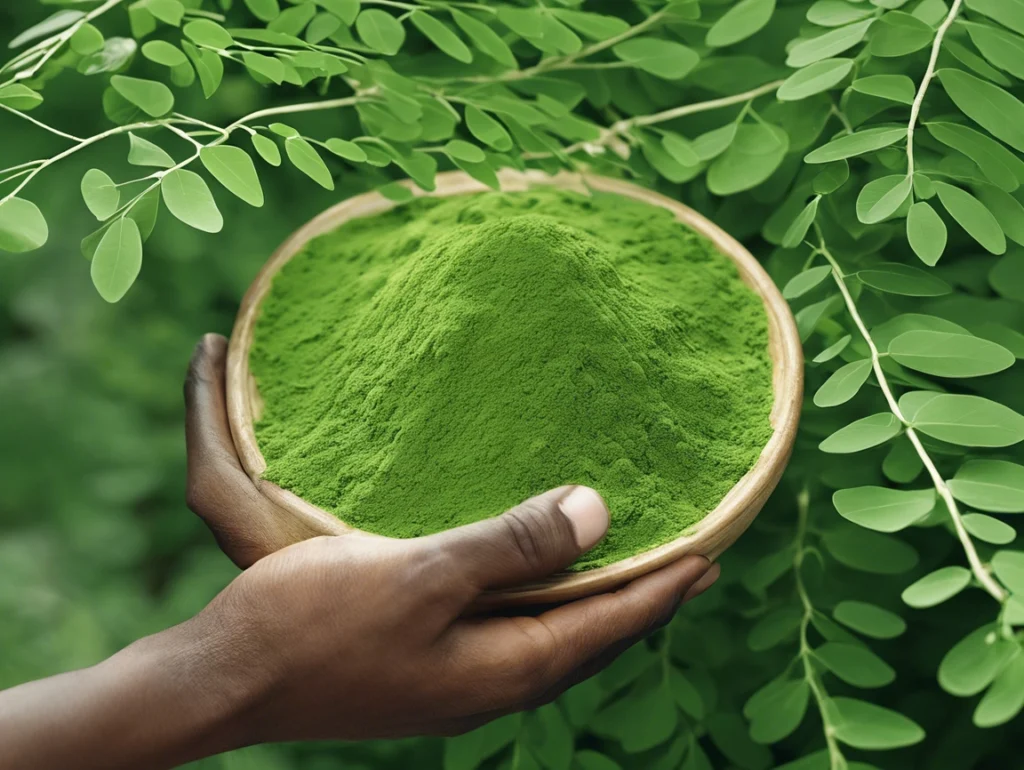We all know superfoods are big business, with countless herbs, flowers, fruits, and trees from around the world celebrated as the anti-aging, life changing next big thing. Well, there’s a reason for this: plants have been used for their medicinal and wellness properties since…forever. Moringa is one of these powerful plants, with records in Ayurvedic texts dating back to 2000 BC of its use in India as a medicine for treatment of numerous health conditions, and its use in Egypt for cosmetics and skin protection.
Here are five reasons the moringa plant is considered the “miracle tree”, grown and used around the world:

- Holistic health benefits: Moringa is packed with antioxidants, anti-inflammatory compounds, and may even lower blood pressure and risk of diabetes. Its anti-inflammatory properties make it a great ingredient for recovery, post-workout smoothies or even desserts.
- Natural energy boost: rich in vitamins, minerals, and amino acids, it can be a natural source of sustained energy, perfect for an ingredient to travel snacks while hiking, camping, or dancing during festival season.
- Supports spiritual practices: used in ancient wellness practices, incorporating moringa into the diet can support the integration of earth-based healing methods with spiritual practices, providing the body and mind with natural fuel.
- Skin and Hair benefits: moringa oil has been used for skin and hair health for thousands of years, protecting our largest organ, our skin, from harsh elements and toxins.
- Fast growing and sustainable: growing from a seedling to a tall 15 foot tree in as little as 6 months, moringa’s rapid growth allows for frequent harvesting of leaves, seeds, and pods. In good growing conditions, the tree can be harvested up to 7 times per year for an excellent source of year-round nutrition!
Be sure to check out the collection of homemade moringa based products in the FrequencyBeat Marketplace, and other superfood items.
Sources:
- Ayurvedic References:
- “The Ayurvedic Pharmacopoeia of India” (Government of India publication): This official document includes references to Moringa as a medicinal plant with healing properties used for centuries in Ayurvedic practices.
- “Indian Medicinal Plants: An Illustrated Dictionary” by C.P. Khare: This book offers insights into the Ayurvedic use of Moringa and its historical application in traditional Indian medicine.
- “The Ayurvedic Pharmacopoeia of India” (Government of India publication): This official document includes references to Moringa as a medicinal plant with healing properties used for centuries in Ayurvedic practices.
- “Indian Medicinal Plants: An Illustrated Dictionary” by C.P. Khare: This book offers insights into the Ayurvedic use of Moringa and its historical application in traditional Indian medicine.
- Egyptian Use:
- “Cosmetic and medicinal plants used by the ancient Egyptians” (International Journal of Dermatology): This article details how ancient Egyptians used moringa oil for cosmetic purposes, including in skincare.
- “Natural products in cosmetics used by the ancient Egyptians” (Journal of Ethnopharmacology): This research paper explores natural products, including moringa oil, used by ancient Egyptians in beauty and skincare rituals.
- General Historical and Botanical Studies:
- “Moringa oleifera: A multipurpose tree” (FAO report): This report from the Food and Agriculture Organization of the United Nations documents the historical uses of Moringa in traditional medicine and as a food source, highlighting its long-standing significance in various cultures.
- “Medicinal Plants of the World” by Ivan A. Ross: This book covers the global use of Moringa, including references to its use in traditional medicine dating back to ancient India and Egypt.





